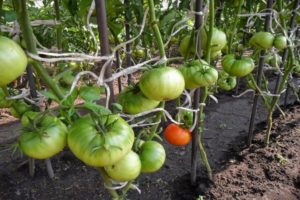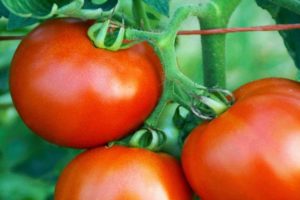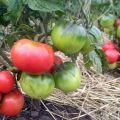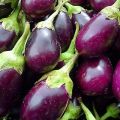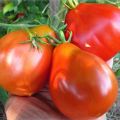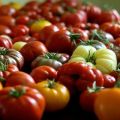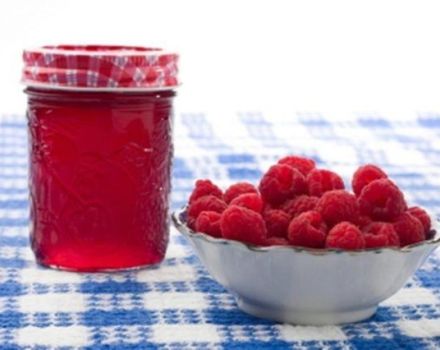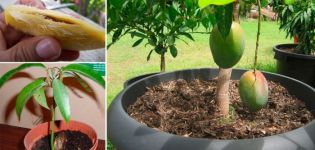Description of the tomato variety Japanese dwarf and yield
Varietal tomato The Japanese dwarf has become very popular among gardeners in recent years. Attracted by its interesting name, early maturity and unpretentiousness. The entire crop ripens on the vine. The variety is suitable for sowing directly into the ground. It is not a hybrid and it is easy to harvest your seeds from it.
While the tomato variety Japanese dwarf cannot be found in Russian garden stores. It is officially packaged by the Kazakhstan seed company "Invent Plus". There is an opportunity to get the seeds of the Japanese dwarf from amateur vegetable growers. Reviews about this variety are very controversial. To get a good return, you need to take into account all the advantages of the Japanese dwarf and properly dispose of them.
Varietal features
The Japanese dwarf is an unpretentious variety, but this does not mean at all that tomatoes grow successfully on their own. Tomatoes require at least minimal care.
Formation
Japanese dwarf tomatoes are determinate but not super low. They grow half a meter from the ground, sometimes even a little higher. When the maximum height for itself is reached, the plant is crowded (stops growing). The secret to getting a normal harvest from this tomato lies in the correct formation of the bush.
The description of the variety, which says about the uselessness of pinching, is not entirely correct. The experience of gardeners shows that a complete lack of formation leads to scanty harvests. From below and from under the ground, empty-flowered stepchildren grow, drawing off the lion's share of nutrients on themselves. A simple event is enough - a single pinching.
For correct shaping, they approach the bush once for the entire season - at the very beginning, when the first brush blooms. It is required to pluck out all the lateral branches (stepsons) below the flower brush, be sure to leave small stumps. More shoots will not grow here. In addition, all the growth that has come out from below at the base of the main trunk is immediately removed. That's it, the work is over. Lateral shoots, which will grow above the first brush, are left. Plants must be tied up.
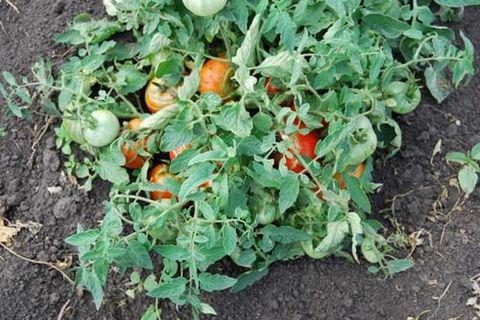
The bushes are lush on top, but rather compact. Such a redistribution of food allows you to get a good harvest for an early-ripening variety - more than two kilograms of early-ripening tomatoes from one bush. The fruits will have time to avoid damage by late blight, which never appears too early.
The compressed type of bush allows for a thickened planting (6 - 9 roots are placed on one square meter), and the Japanese dwarf variety is not afraid of shading. This will increase the return from a specific area.
Fruiting
The first inflorescence of tomatoes is laid early - sometimes already in the bosom of 6 or 7 leaves. Each brush bears 3 - 5 fruits.On average, tomatoes weigh 60 - 70 grams, but there are also one-hundred-gram fruits. If the bushes are formed correctly, then they are literally strewn with fruits.
Tomatoes have a rounded shape, very smooth, bright red. The walls of the fruits are not too thick, but not soft, but rather dense, which is rare for early ripening tomatoes. Open-air ripened Japanese Dwarf tomatoes taste good, especially when compared to other early varieties.
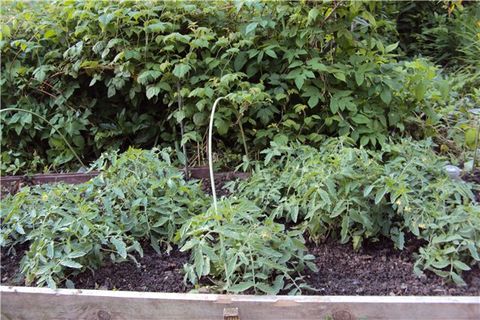
Japanese dwarf tomatoes are so early ripening and unpretentious that they manage to form fruits even when grown in a seedless way, with direct sowing into the ground (in a street greenhouse). In addition, a compact, low bush is suitable for harvesting on the balcony or windowsill of a city apartment, even with a lack of light. When sown in the fall at home, the tomato will bear fruit in winter and spring.
Mongolian dwarf
In addition to the Japanese dwarf, vegetable growers have grown fond of the Mongolian dwarf tomato variety. Its name is similar, but the characteristic has its own characteristics.
Plant dimensions
The Mongolian dwarf has an unusual bush structure. First, the main shoot stretches upward, reaches a small height of 15 - 30 cm, and then bends sideways and bends towards the ground. The bush is overgrown with short stepchildren, spreading in all directions. It can occupy an area from half a meter to a meter in diameter.
The Mongolian dwarf is rightfully considered a superdeterminant variety. The root system is superficial, branches not in depth, but in breadth. At first, young plants develop very slowly, then growth is activated. Sprawling shoots do not need a garter, you do not need to pinch them either.
Fruit
On such dwarf bushes, unexpectedly large fruits are formed, weighing under 200 grams. The average weight is also quite solid - 170 grams. The tomatoes are round, crimson red. The taste is strongly influenced by weather conditions. Sometimes the pulp is slightly sour, but quite pleasant, with a typical "tomato" aroma.
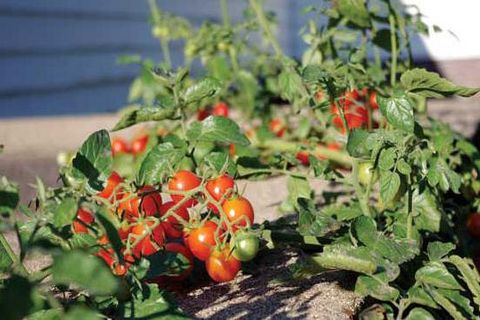
The density of the fruit is quite high. Fleshy tomatoes, with a small amount of liquid, transportable. The skin is dense, but it can still be damaged by slugs, because weighty brushes practically lie on the ground. When growing a Mongolian dwarf, it is necessary to underlay a layer of mulch (straw, hay, agrofibre) under it.
The Mongolian dwarf variety is early maturing. The fruits begin to ripen very early, sometimes already in late June - early July. Almost the entire crop turns red on the vine, even in the open field of the Moscow region and Siberia. Bushes branch and constantly grow new ovaries. Fruiting lasts a long time, until frost. Mongolian dwarf tomatoes are resistant to cold snaps and drought, resistant to bacterial and fungal infections.
Mongolian dwarf tomatoes not yet sold in stores. The variety has no official status. The seeds are shared with each other by amateur gardeners. At first, this tomato was widespread in Transbaikalia and Siberia, and now it is grown by gardeners throughout Russia.
